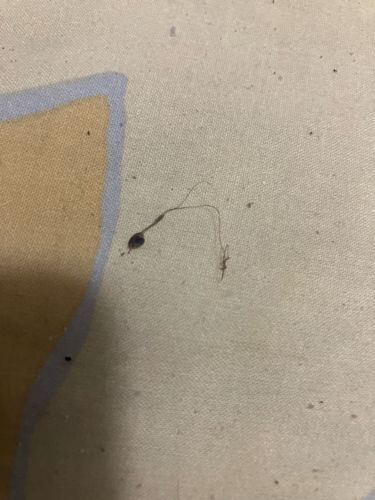Louse
Scientific Name: Phthiraptera (Order)
Order & Family: Order: Phthiraptera
Size: Generally 0.5 to 8 mm in length, though most are quite small, often just a few millimeters.

Natural Habitat
Obligate ectoparasites of birds and mammals, including humans. They live directly on the host's body.
Diet & Feeding
Depending on the species, lice feed on skin fragments, sebaceous secretions, blood, or feathers. Human head lice feed on human blood.
Behavior Patterns
Lice spend their entire lives on a single host, attaching their eggs (nits) to hairs or feathers. They are wingless and spread through direct contact with an infested host or contaminated personal items (combs, hats, bedding).
Risks & Benefits
Risks: Infestations can cause intense itching, skin irritation, and secondary infections from scratching. Some species can transmit diseases (e.g., body lice can transmit typhus and trench fever). Benefits: Generally, there are no known benefits of lice to humans or the ecosystem, as they are parasites.
Identified on: 10/11/2025